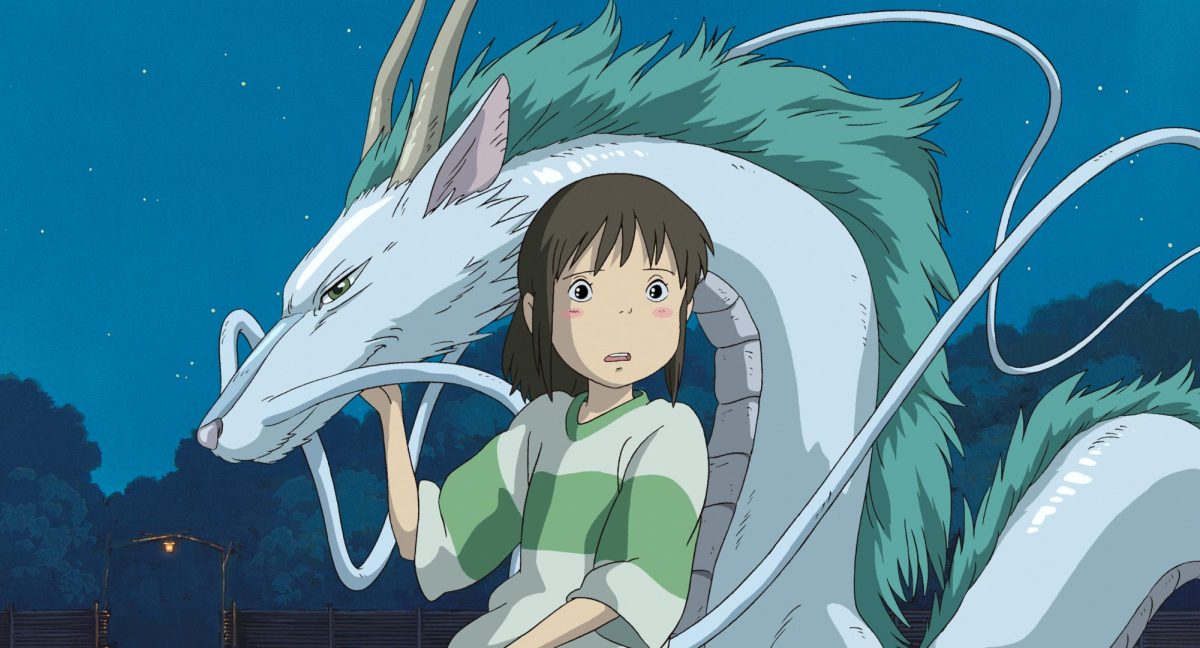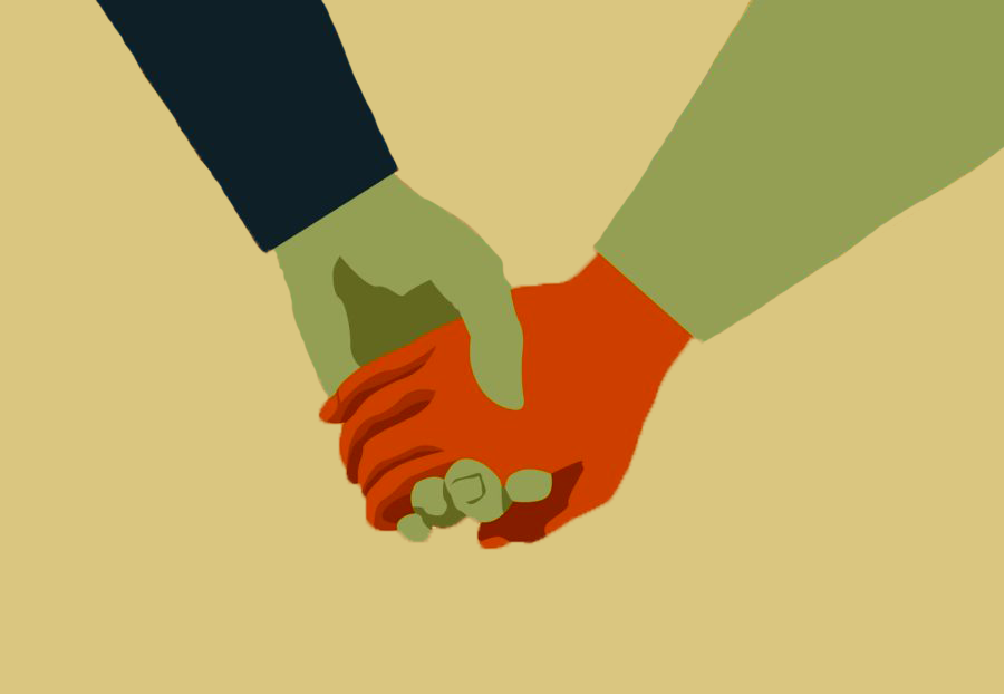
The notion that humans and nature are mutually exclusive is central to the arguments of American environmentalists. As environmental historian William Cronon noted, “the place where we are is the place where nature is not.” Humans are a destructive plague, trampling nature wherever they turn.
Ultimately, environmentalists often do the most harm to “nature.” They posit wilderness as our true — albeit lost — home. However, owing to modern man’s destructiveness, nature has sadly become a place to visit, but never to remain.
Perniciously, as Cronon has observed, this conception has ironically turned the “wilderness experience” into another product of the artificial, “urban-industrial” type environmentalists hope to prevent wilderness from becoming.
The wilderness experience has been made accessible only to the relatively few who have the means to “leave it all behind” and venture hundreds of miles for a weekend in the wild. No longer a foreboding, alien place, nature is now a travel destination that instrumentally serves to “recharge the batteries.” In other words, nature is now largely a commodity, another place for “recreation” and “reverie,” in Cronon’s words.
Ironically, this trend is a product of the U.S. environmental movement and only furthers the consumerism hastening and driving environmental degradation.
Furthermore, if nature is our true home, then cities and human environments must be arbitrary and confining. As Cronon again has noted, this is the pernicious conception that makes it permissible to neglect the environmental consequences of our actions within man-made environments.
“For most Americans, it is perfectly consistent to drive a thousand [polluting] miles to spend a holiday in a national park,” said Indian historian Ramachandra Guha. Because our society holds nature more sacred, it’s true many of us are more likely to purchase bottled water in the city than in a national park, litter on a field beside a freeway than on an Everglades marsh and stop and smell the roses on a Yellowstone prairie than in a city park.
If nature is taken to solely mean “non-human,” then what options are left to us in deciding how we ought to act toward nature and what our place in it is? By definition, our only option is to remove ourselves from the picture entirely, but this “solution” is both unsatisfying and impossible.
Instead, we should reconsider how we view nature and — more importantly — ourselves. Moreover, our new formulation can be rooted in reason and more effective than the ill-conceived and uncritically adopted human-nature dichotomy.
What’s more awe-inspiring about a grove of trees in Yosemite than a grove of trees down the street? Why is a babbling brook in the Adirondacks more likely to inspire poetry than one within a city park? Inherently, these things are the same — the difference lies within us.
A slight change of perspective can enable us to see and appreciate the nature all around us. Although cities and the parks within them are man-made, it’s important to realize that “wilderness areas” are as well — humans have purposefully created them, not only by acting to prevent their “development,” but also often by taking intrusive steps like invasive species removal, fire debris removal, plant and animal population control and even the forced relocation of “native” peoples.
As journalist Michael Pollan has proposed, we should consider ourselves not as intruders, but rather as gardeners. To live, we must interact with nature and, inevitably, take from her. However, we must do this not with guilt, but with reverence and appreciation. Like the gardener and his garden, we must live symbiotically with nature — taking some but leaving enough for renewal.
This new concept is more effective, practical, rational and beautiful. It requires us to see ourselves as a part of nature, no more or less valuable than any other part. More importantly, we see our well-being as intimately intertwined with that of the environment.










symptoms adhd • Apr 5, 2013 at 3:28 am
Hi there, yup this article is in fact fastidious and I have learned lot of things from
it regarding blogging. thanks.
symptoms adhd • Apr 5, 2013 at 3:28 am
Hi there, yup this article is in fact fastidious and I have learned lot of things from
it regarding blogging. thanks.
Jannah the stapled tummy • Mar 26, 2013 at 7:11 am
I have seen bears, deer, and wild turkey while sitting by a brook in the Adirondacks. I will never see those creatures at a babbling brook at the nearby park. Despite the babbling of the wet behind the ears writer, the two brooks are not inherently the same. Once again some Chrony kid still living with mommy is trying to define aspects of life, when they have yet to live.
Jannah the stapled tummy • Mar 26, 2013 at 7:11 am
I have seen bears, deer, and wild turkey while sitting by a brook in the Adirondacks. I will never see those creatures at a babbling brook at the nearby park. Despite the babbling of the wet behind the ears writer, the two brooks are not inherently the same. Once again some Chrony kid still living with mommy is trying to define aspects of life, when they have yet to live.